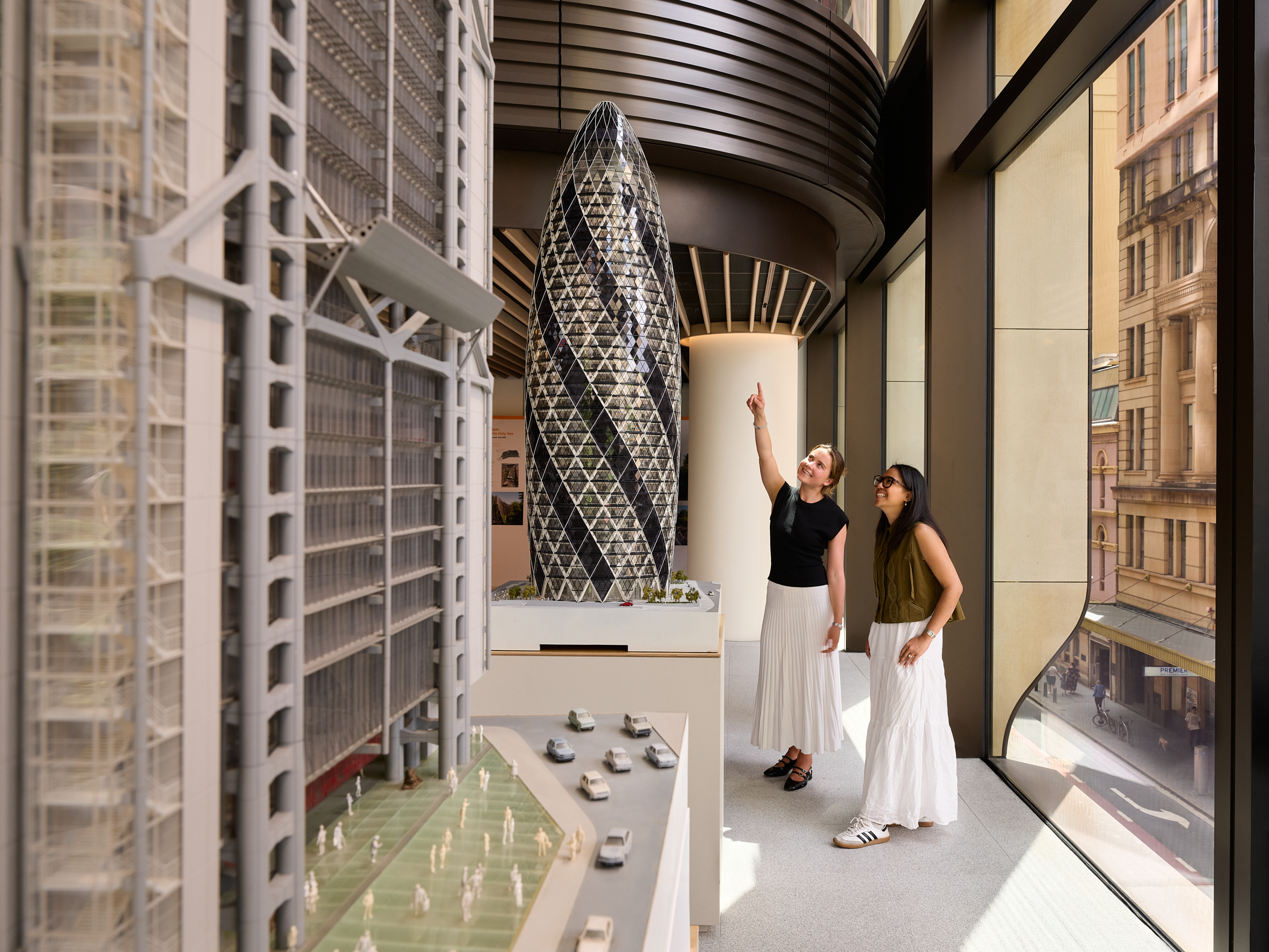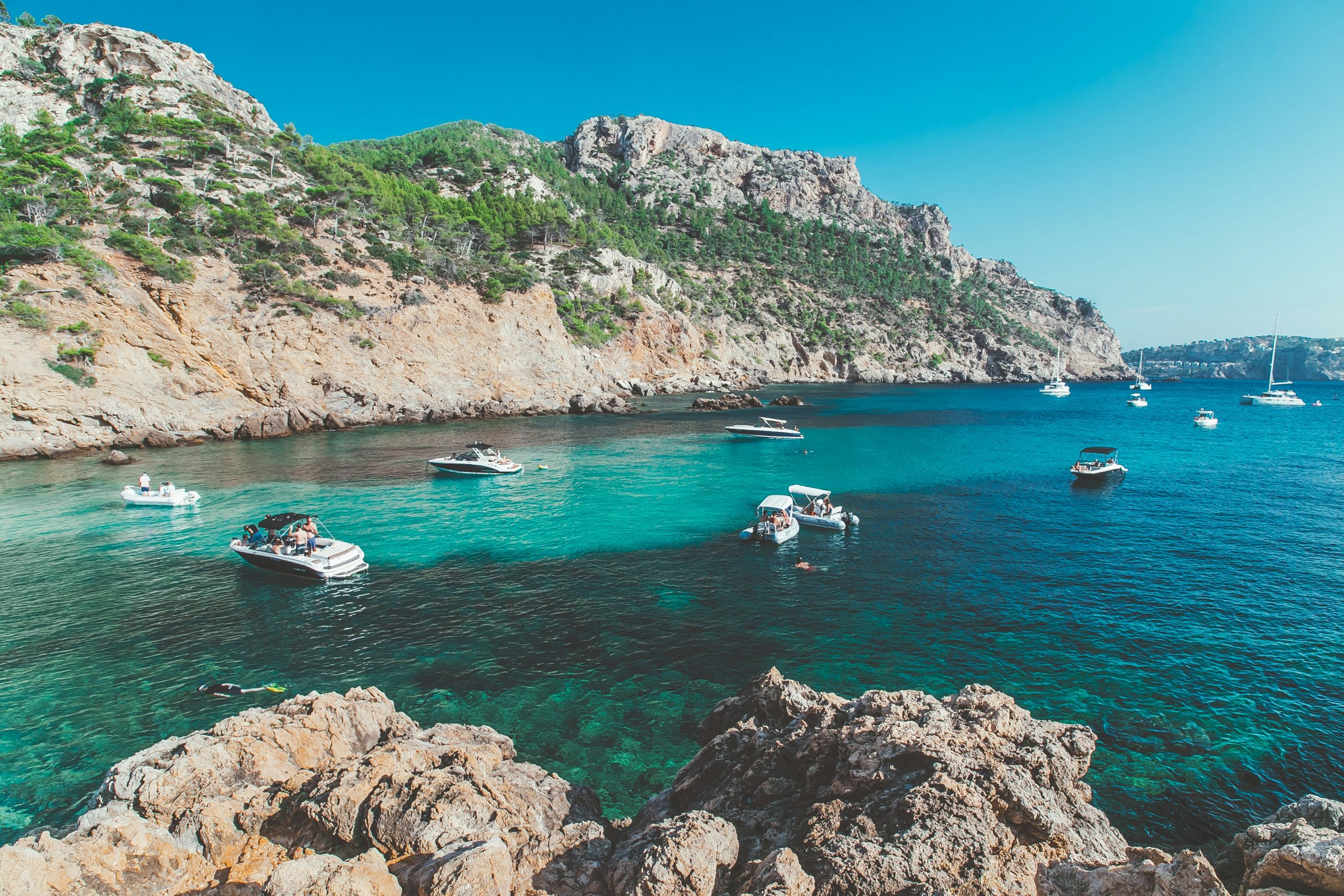THE MAKING OF A DRIVING LEGEND
Ever wondered what it takes to create a car like the Maserati? Meet the German designer taking on an Italian icon.
Klaus Busse would like you to close your eyes and imagine yourself behind the wheel of a Maserati. Picture the GranTurismo, which launched in Australia in 2024. Where do you see yourself? Chances are, Busse suggests, it’s not during the school pick-up or commuting to the office.
“You’re probably on a wonderful road in Tuscany, or Highway 1, or you’re going to a red carpet event,” says Busse, who holds the enviable title of Head of Design at Maserati, the iconic Italian car manufacturer. “Basically, it’s about emotion.”
At the luxury end of the market, the GranTurismo Coupe—priced between $375,000 and $450,000—is designed to transform the driving experience into something extraordinary. For Busse and his team, these “sculptures on wheels” are not just status symbols or exhilarating machines but expressions of pure joy. Their mission is to encapsulate that feeling and translate it into their cars.
“I really feel the responsibility to create emotion,” he says. “We have a wonderful word in Italy: allegria, which is best translated as ‘joyful.’ Our job as a brand is to lift you into this area of joy, perfectly positioned just short of ecstasy. It’s that tingling sensation you feel in your body when you drive the car.”
Even as 60 percent of the world’s population now lives in urban areas, Maserati’s design ethos captures the essence of “everyday exceptional.” Whether navigating city streets or open roads, a Maserati turns heads without being ostentatious or aggressive. “I’ve driven these cars all over the world, and no matter where I go, people smile at me and give a thumbs-up,” says Busse.

Since joining Maserati in 2015, Busse has reimagined and redefined the brand, steering his team through the reinvention of classic models and the transition to electric vehicles. Iconic designs like the Fiat 500, which entered the EV market in 2020, serve as a testament to Maserati’s ability to blend tradition with innovation.
Unlike other luxury car brands, Maserati embraces radical change with new designs every 10 to 15 years. Busse loves connecting with fans who follow the brand closely. He explains that each Maserati model reflects a specific era, from the elegant 35GT of the 1950s to the wedge-shaped designs of the 1970s and the bold aesthetics of the 1980s.

“I often ask fans, ‘What is Maserati for you?’ because their responses tell me so much about how they connect with the brand,” he shares.
Inspired by legendary Italian designer Giorgetto Giugiaro, Busse balances tradition with modernity in his designs. As Giugiaro once told him, “We always do the best in the moment.” This philosophy resonates deeply with Busse, who believes in honouring the past while embracing future possibilities.

Through advances in technology, techniques, and societal trends, Busse ensures Maserati remains at the forefront of automotive design. For him, the creative process is more than just a job—it’s a way to create joy, connection, and timeless elegance.
Records keep falling in 2025 as harbourfront, beachfront and blue-chip estates crowd the top of the market.
A divide has opened in the tech job market between those with artificial-intelligence skills and everyone else.
Only 25 of the most intricate Rolls-Royce Phantoms ever made will celebrate the nameplate’s 100-year legacy.
Records keep falling in 2025 as harbourfront, beachfront and blue-chip estates crowd the top of the market.
By improving sluggish performance or replacing a broken screen, you can make your old iPhone feel new agai


















